Java网络编程----NIO编程
一.介绍
有人叫NIO为New IO,有的人把NIO叫做Nonblock IO,这里还是比较倾向于后者,非阻塞IO.NIO有几个重要的基本概念:Buffer(缓冲区),Channel(管道,通道),Selector(选择器,多路复用器).NIO的本质就是避免原始的TCP建立连接使用三次握手的操作,减少连接的开销.模型如下图:
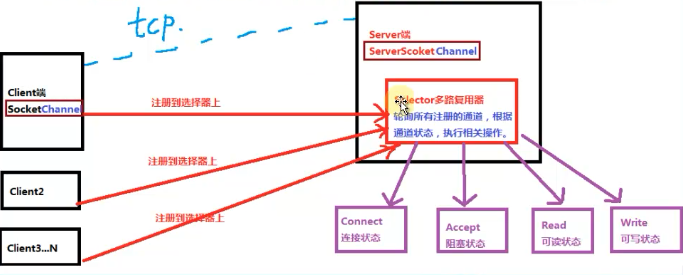
1.1 Buffer
Buffer是一个对象,它包括一些要写入或要读取的数据.在NIO类库中加入Buffer对象,体现了新库与原IO的一个重要区别 .在面向流的IO中,可以将数据直接写入或读取到Stream对象中.在NIO库中,所有数据都是用缓冲区处理的(读写).缓冲区实质上是一个数组,通常它是一个字节数组(ByteBuffer),也可以使用其他类型的数组.这个数组为缓冲区提供了数据的访问读写等操作属性,如位置,容量,上限等概念.
Buffer类型:我们最常用的就是ByteBuffer,实际上每种Java基本类型都对应了一种缓冲区(出了Boolean类型)
ByteBuffer
CharBuffer
ShortBuffer
IntBuffer
LongBuffer
FloatBuffer
DoubleBuffer
package com.east.nio;import java.nio.IntBuffer;/**** @author*/public class TestBuffer {public static void main(String[] args) {// TODO Auto-generated method stub//1.基本操作//创建指定长度的缓冲区IntBuffer buf = IntBuffer.allocate(10);buf.put(13); //往缓冲区放元素buf.put(21);buf.put(35);//把位置复位为0,也就是position位置: 3-->0buf.flip();System.out.println("使用filp复位: " + buf);System.out.println("容量为 : " + buf.capacity()); //容量一旦初始化后不允许改变(Wrap方法包裹数组除外)System.out.println("限制为 : " + buf.limit()); //由于只装载了三个元素,所以可读取或者操作的元素为3,即limit = 3System.out.println("获取下标为1的元素:" + buf.get(1));System.out.println("get(index)方法,position位置不改变:" + buf);buf.put(1,4);System.out.println("put(index,change)方法,position位置不变: " + buf);for(int i=0; i<buf.limit(); i++){//调用get方法会使其缓冲区位置(position)向后递增一位System.out.println(buf.get() + "\t");}System.out.println("buf对象遍历之后为:" + buf);//2 wrap方法使用//wrap方法会包裹一个数组:一般这种用法不会先初始化缓存对象的长度,因为没有意义,最后还会被wrap所包裹的数组覆盖掉//并且wrap方法修改缓冲区对象的时候,数组本身也会跟着发生变化int [] arr = new int [] {1,2,5};IntBuffer buf1 = IntBuffer.wrap(arr);System.out.println(buf1);IntBuffer buf2 = IntBuffer.wrap(arr, 0, 2);//这样使用表示容量为数组arr的长度,但是可操作的元素只有实际进入缓冲区的元素长度System.out.println(buf2);//3.其他方法IntBuffer buf1 = IntBuffer.allocate(10);int [] arr = new int []{1,2,5};buf1.put(arr);System.out.println(buf1);//一种复制方法IntBuffer buf3 = buf1.duplicate();System.out.println(buf3);//设置buf1的位置属性//buf1.position(0);buf1.flip();System.out.println(buf1);System.out.println("可读数据为: " + buf1.remaining());int [] arr2 = new int [buf1.remaining()];//将缓冲区数据放入到arr2数组中去buf1.get(arr2);for(int i : arr2){System.out.print(Integer.toString(i) + ",");}}}
1.2 Channel
通道(Channel),它就像自来水管道一样,网络数据通过Channel读取和写入,通道与流的不同之处在于通道是双向的,而流只是一个方向上移动(一个流必须是InputStream或者OutputStream的子类),而通道可以用于读,写或者二者同时进行,最关键的是可以与多路复用器结合起来,有多种的状态位,方便多路复用器去识别.事实上通道分为两大类,一类是网络读写(SelectableChannel),一类用于文件操作(FileChannel),我们使用的SocketChannel和ServerSocketChannel都是SelectableChannel的子类
1.3 Selector(一)
多路复用器(Selector),它NIO编程的基础,非常重要.多路复用器提供选择已经就绪的任务的能力.简单地说,就是Selector会不断地轮询注册在其上的通道(Channel),如果某个通道发生了读写操作,这个通道就处于就绪状态,会被Selector轮询出来,然后通过SelectionKey可以取得就绪的Selector集合,从而进行后续的IO操作.
一个多路复用器(Selector)可以负责成千上万的Channel通道,没有上限.这也是JDK使用了epoll代替了传统的select实现,获得连接句柄没有限制.这也意味着我们只要一个线程负责Selector的轮询,就可以接入成千上万的客户端,这也是JDK NIO库的巨大进步.
1.4 Selector(二)
Selector线程就类似一个管理者(Master),管理了成千上万个管道,然后轮询那个管道的数据已经准备好,通知CPU执行IO的读取和写入操作.
Selector模式:当IO事件(管道)注册到选择器以后,Selector会分配给每个管道一个Key值,相当于标签.Selector选择器是以轮询的方式进行查找注册的所有IO事件(管道),当我们的IO事件(管道)准备就绪后,Select就会识别,会通过Key值来找到相应的管道,进行相关的数据处理操作(从管道里读或写数据,写到我们的数据缓冲区中)
每个管道都会对选择器进行注册不同的事件状态,以便选择器查找,
SelectionKey.OP_CONTENT
SelectionKey.OP_ACCEPT
SelectionKey.OP_READ
SelectionKey.OP_WRITE
二.NIO编程示例
package com.east.nio.modou;import java.io.IOException;import java.net.InetSocketAddress;import java.nio.ByteBuffer;import java.nio.channels.SelectionKey;import java.nio.channels.Selector;import java.nio.channels.ServerSocketChannel;import java.nio.channels.SocketChannel;import java.util.Iterator;public class Server implements Runnable {//1.多路复用器(管理所有的通道)private Selector selector;//2.建立缓冲区private ByteBuffer readBuf = ByteBuffer.allocate(1024);//3.private ByteBuffer writeBuf = ByteBuffer.allocate(1024);public Server(int port) {try {//1.打开多路复用器this.selector = Selector.open();//2.打开服务器通道ServerSocketChannel ssc = ServerSocketChannel.open();//3.设置服务器通道为非阻塞模式ssc.configureBlocking(false);//4.绑定地址ssc.bind(new InetSocketAddress(port));//5.把服务器通道注册到多路复用器上,并且监听阻塞事件ssc.register(this.selector, SelectionKey.OP_ACCEPT);System.out.println("Server Start,Port :" + port);} catch (IOException e) {// TODO Auto-generated catch blocke.printStackTrace();}// TODO Auto-generated constructor stub}@Overridepublic void run() {// TODO Auto-generated method stubwhile(true){try {//1.必须要让多路复用器开始监听this.selector.select();//2.返回多路复用器已经选择的结果集Iterator<SelectionKey> keys = this.selector.selectedKeys().iterator();//3.进行遍历while(keys.hasNext()){//4.获取一个选择的元素SelectionKey key = keys.next();//5.如果有.则直接从容器中移除keys.remove();//6.如果是有限的if(key.isValid()){//7.如果为阻塞状态if(key.isAcceptable()){this.accept(key);}//8.如果为可读状态if(key.isReadable()){this.read(key);}//9.写数据if(key.isWritable()){//this.write(key); //ssc}}}} catch (IOException e) {// TODO Auto-generated catch blocke.printStackTrace();}}}private void accept(SelectionKey key){try {//1.获取服务通道ServerSocketChannel ssc = (ServerSocketChannel) key.channel();//2.执行阻塞方法(等待客户端的通道)SocketChannel sc = ssc.accept();//3.设置阻塞模式sc.configureBlocking(false);//4.注册到多路复用器上,并设置读取标识sc.register(this.selector, SelectionKey.OP_READ);} catch (IOException e) {// TODO Auto-generated catch blocke.printStackTrace();}}private void read(SelectionKey key){try {//1.清空缓冲区旧的数据this.readBuf.clear();//2.获取之前注册的socket通道对象SocketChannel sc = (SocketChannel) key.channel();//3.读取数据int count = sc.read(this.readBuf);//4.如果没有数据if(count == -1){key.channel().close();key.cancel();return ;}//5.有数据则进行读取,读取之前需要进行复位方法(把poition和limit进行复位)this.readBuf.flip();//6.根据缓冲区的数据长度创建相应大小的byte数组,接受缓冲区数据byte [] bytes = new byte[this.readBuf.remaining()];//7.接受缓冲区数据this.readBuf.get(bytes);//8.打印结果String body = new String(bytes).trim();System.out.println("Server :" + body);//9.可以给客户端写数据...} catch (Exception e) {// TODO Auto-generated catch blocke.printStackTrace();}}public static void main(String[] args) {new Thread(new Server(8765)).start();}}package com.east.nio.modou;import java.io.IOException;import java.net.InetSocketAddress;import java.nio.ByteBuffer;import java.nio.channels.SocketChannel;/*** 使用NIO实现一边写数据,一边读数据* @author lhy**/public class Client {//需要一个Selectorpublic static void main(String[] args) {// TODO Auto-generated method stub//创建连接的地址InetSocketAddress address = new InetSocketAddress("127.0.0.1", 8765);//声明连接通道SocketChannel sc = null;//建立缓冲区ByteBuffer buf = ByteBuffer.allocate(1024);try {//打开通道sc = SocketChannel.open();//进行连接sc.connect(address);while(true){//定义一个字节数组byte [] bytes = new byte [1024];System.in.read(bytes);/** 关键的步骤*///把数据放到缓冲区中buf.put(bytes);//对缓冲区进行复位buf.flip();//写出数据sc.write(buf);//清空缓冲区数据buf.clear();}} catch (IOException e) {// TODO Auto-generated catch blocke.printStackTrace();} finally {if(sc != null){try {sc.close();} catch (IOException e) {// TODO Auto-generated catch blocke.printStackTrace();}}}}}


























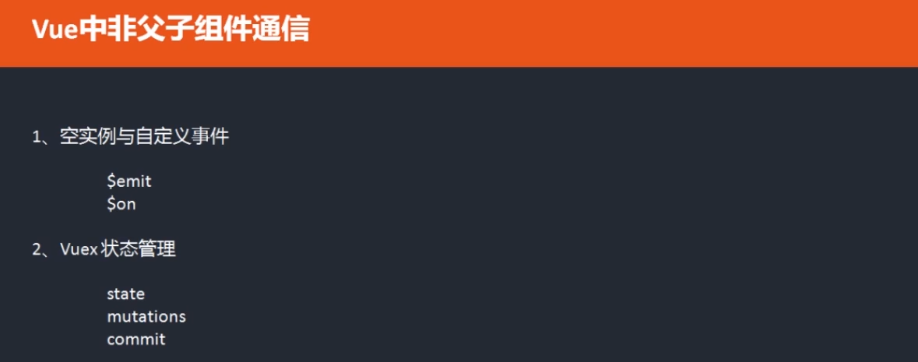
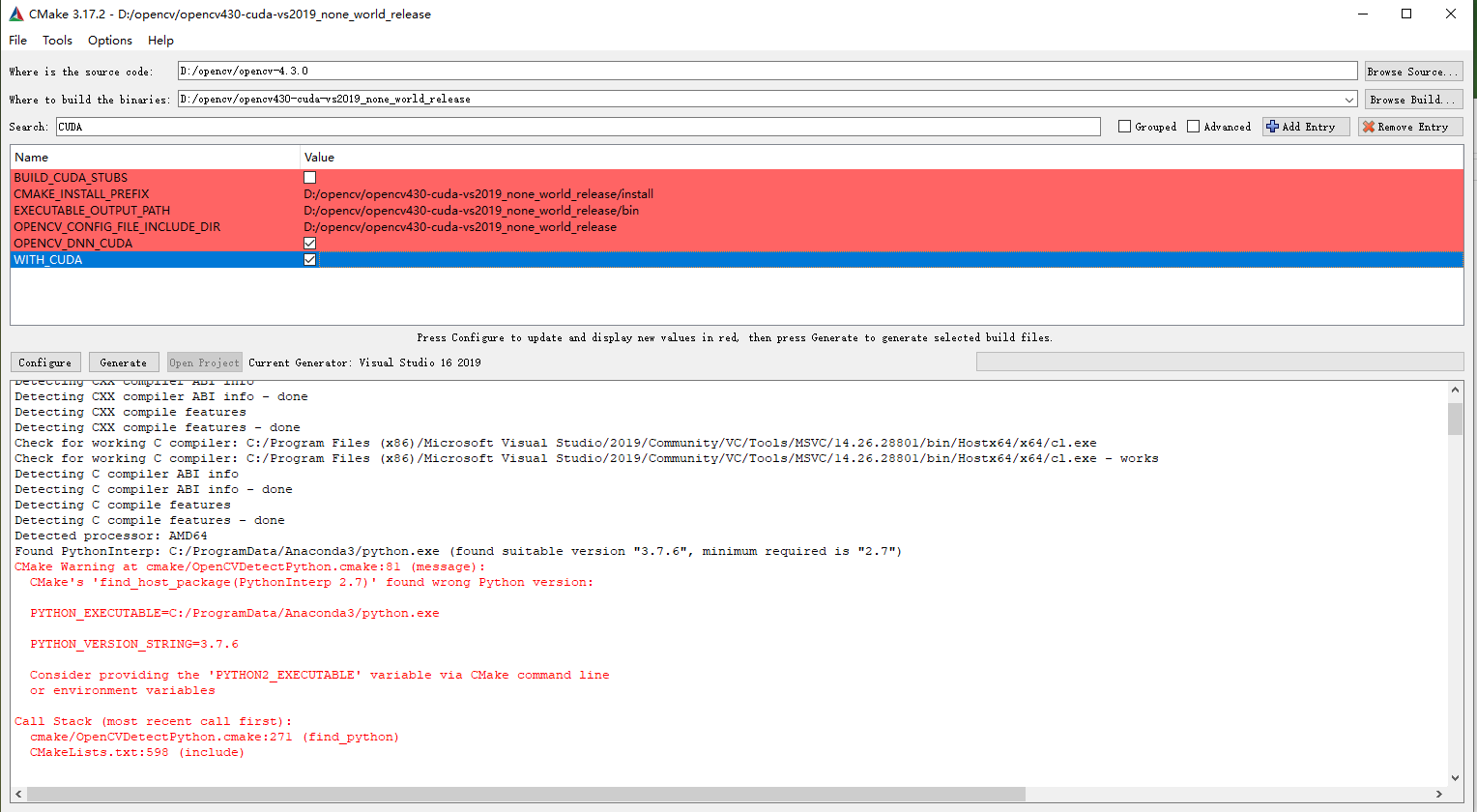

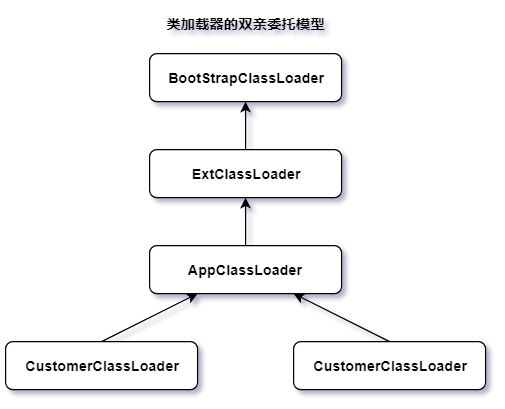

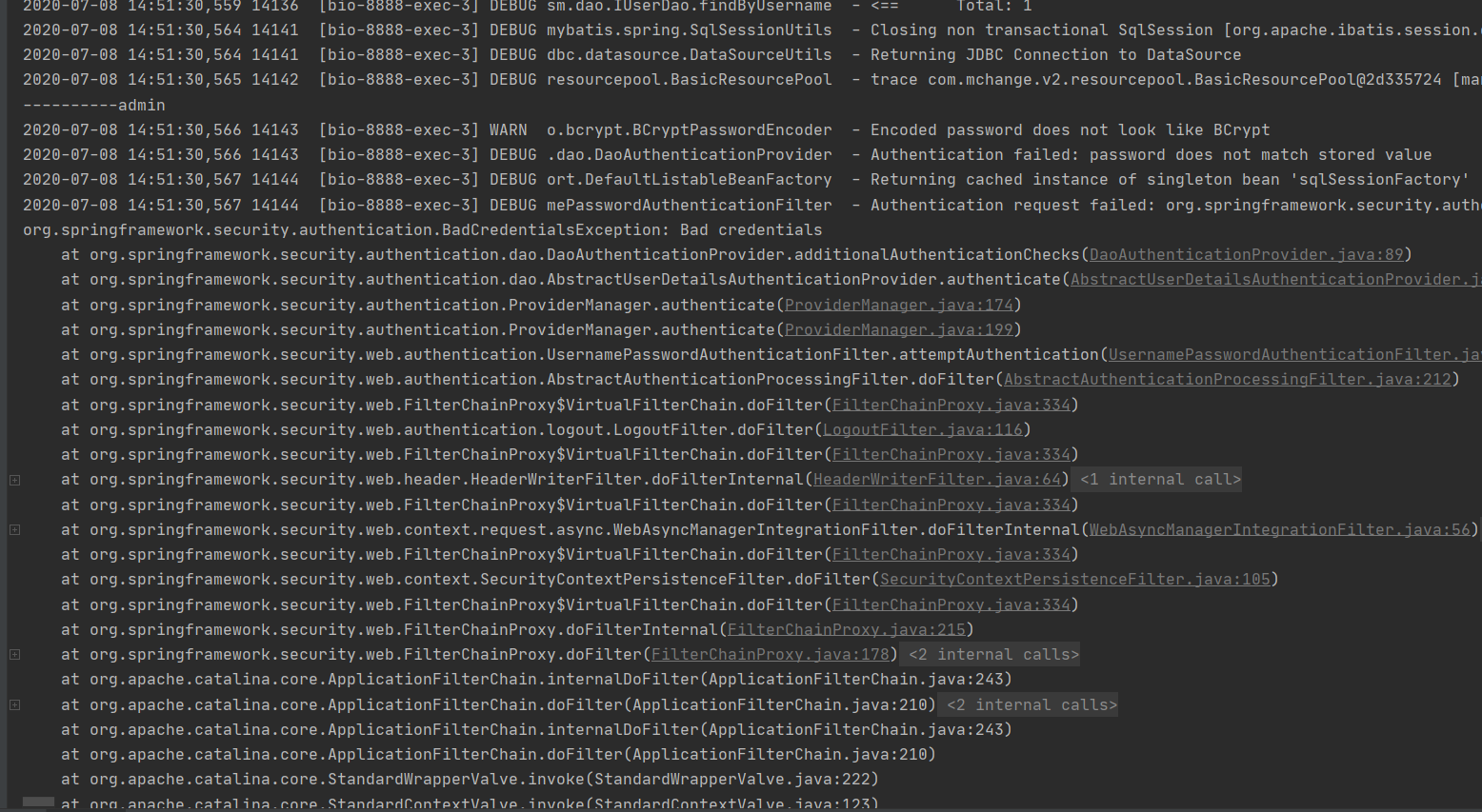



还没有评论,来说两句吧...